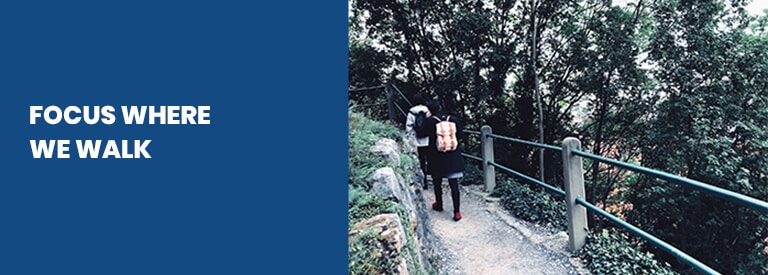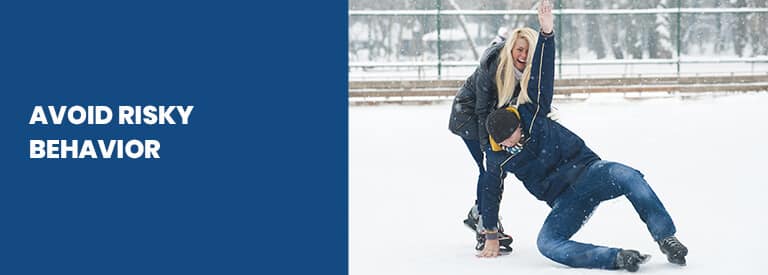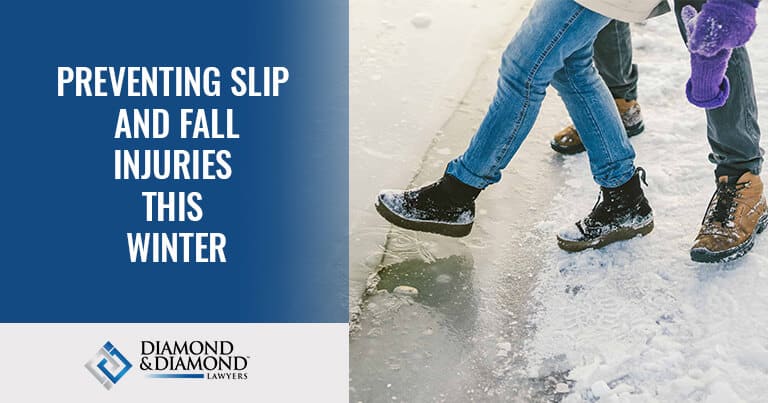We all know someone who has hurt themselves because they slipped and fell. The reality is that it’s a widespread occurrence.
Consider these statistics provided by the Canadian Centre for Occupational Health and Safety. More than 42,000 workers in Canada are injured annually due to stumbles. A large proportion of the stats involves winter slip and fall injuries.
Approximately 66% of those injuries involve individuals slipping and tripping on level ground. Although the report focused on employees, it can happen to anyone. Particularly during wet and icy conditions in winter, which pose a greater risk.
AVOIDING SLIP AND FALL ACCIDENTS IN WINTER
Prevent slip and fall injuries from happening in winter by following some easy tips. To know more, talk to a slip and fall injury lawyer in Alberta by calling Diamond & Diamond Law.
These accidents are especially hazardous for adults 65 years and older. Slips and falls result in almost 300,000 hip fractures in the United States every year.
It’s also a severe problem in Canada. Per annum, at least 85% of hospitalization cases due to falls involve senior citizens. The Public Health Agency of Canada reports that more than one-third of these elderly casualties end up in long-term care.
It’s not possible to eliminate the danger. However, we can take precautionary measures to prevent such events that could lead to disability or, worse, be fatal.
Here are some simple tips to help keep us safe and avoid slip and fall injuries in winter.
Focus Where We Walk

It may seem a no-brainer to suggest that we look where we step. However, many people trip because of a brief lapse in concentration.
Paying attention when we’re walking enables us to notice potential danger spots so we can avoid them. Such risk areas include wet leaves, ice on pathways, and snowbanks. These slippery surfaces can be treacherous. Additionally, beware of uneven pavements.
We should also be careful when stepping out of cars and buses. It’s essential to make sure the sidewalk is dry and safe before we disembark. By taking the extra time to survey your surroundings, we can mostly avoid mishaps causing personal injury and slip and fall accidents in winter.
Go Slow
It’s easier to exercise caution when we’re not rushing to get to our destination. If we’re in a hurry and only notice a hazard at the last minute, attempting to circumvent it may likely cause an accident.
Planning our trip will enable us to arrive on time without the need to be hasty. Taking short steps helps. Walking slowly but purposefully is the best way to get safely from one point to another. It’s how the tortoise beat the hare in the fabled race.
Beware of Black Ice
Although the term suggests that it’s coloured, black ice is transparent. It gets its name because we can see the colour of the road through its thin coating.
Being clear and challenging to see makes it extremely dangerous to drivers and pedestrians alike. There are tell-tale signs such as dark and glossy patches on a road that’s supposed to be dry. When it’s wet, we might encounter such spots in shaded sections of the surface.
Wear Appropriate Attire
For those of us who drive, we know that our car needs snow tires in winter to avoid skidding on slippery roads. Applying the same reasoning, we’ll need proper footwear to prevent slip and fall injuries in winter.
Boots with anti-slip soles provide added traction on wet and slimy walkways. It may not look fashionable, but it serves the purpose of keeping us safe on our feet. We can change to more suitable shoes when indoors.
Use Safety Features
Whenever possible, we should utilize the facilities available for stability and support. For instance, we can grip handrails when we walk if they’re available. It’ll help us keep our balance, and in the unwanted event we slip, we’ll have something to hold on to and break our fall.
We can use anything firm to maintain our posture as we navigate through slippery areas. When getting out of vehicles, we can hold on to the door until our feet are on the ground.
Avoid Risky Behavior

Aside from situations beyond our control, we’re responsible for our safety. Simple practices can make the difference between an uneventful outing and a mishap.
When the weather causes our surroundings to be potentially hazardous, we should exercise more caution than under normal circumstances.
If we’re out shopping, we should refrain from carrying bags in both hands. It can throw us off balance should we step on a wet part of the floor. It’ll also prevent us from using our arms to stop us from hitting the ground if we stumble. In this scenario, It’s best to wear a backpack.
We shouldn’t indulge in childish games like pushing and shoving each other on the streets. It’s a surefire way of causing someone to fall and get hurt.
Keep Our House Safe
The dangers of slipping and falling don’t only happen in public spaces. Many such accidents occur at home.
We must keep our living area clean and dry. When we arrive, it’s good practice to wipe our shoes at the doorstep before we enter. Snow and ice on our soles can be hazardous if they drip on our floors.
Our entrance and driveway are critical parts of the home that we need to keep clear of snow and sludge. Shovelling the path may take time and effort, but safety should be our priority. To increase traction, we can pour salt and sand on the ground.
Report Dangers
Although these are tips we can apply to avoid slipping and falling, we can also do our part to prevent slip and fall accidents in winter for others.
If we notice any potential risk spots in public areas, we should inform the parties concerned so they can clear the danger. As employers are responsible for ensuring a safe working environment, we should report to management if we’re aware of any risks of someone slipping in the workplace.
Can We Prevent Getting Hurt from Slipping and Falling?
These tips will not eliminate winter slip and fall accidents. However, being aware of the pitfalls will alert us to the potential dangers, and we’ll be able to exercise more care.
If we follow these suggestions when we’re out and about in the winter months, we can minimize our risk of hurting or embarrassing ourselves.
Remember, though, that we should be vigilant all the time, not only during winter but also to avoid mishaps caused by slippery surfaces.




